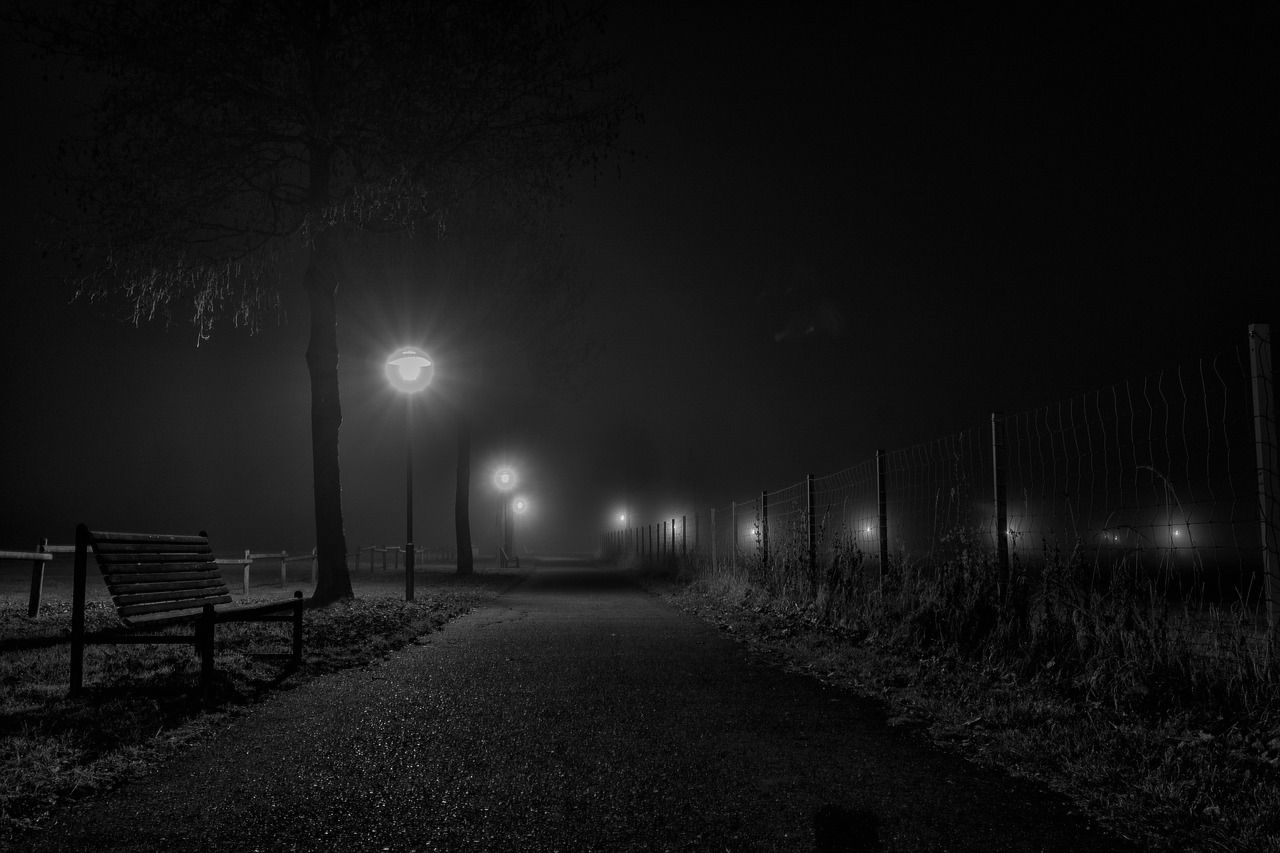
In Winter
In winter, the elements become especially problematic. Something as beautiful as snow can sometimes kill. Blinding blizzards, excessive drifts, snow-blinded drivers, even avalanches. One particular danger is not so dramatic. In fact, it is downright sneaky. Black ice.
Black Ice
Black ice is not actually black, of course, but the word black suggests darkness. Darkness so deep a person with the best of vision can see nothing. One may go outside and fall or drive and have an accident, simply because he does not take notice (or “see”) black ice on the ground.
But why is the ice not noticeable? If you freeze tap water as cubes in your freezer, you notice you can’t see through a cube, due to the air bubbles in it. Boil the water before freezing it, and the cubes are transparent. You see clearly through it.
The same effect would be noticed if ordinary ice is very, very thin. Few or no air bubbles to block the view. Plus, the thinness itself aids transparency. For instance, gold metal can be pounded so thin, you can see through it!
A Picture’s Worth 1,000 Words
To truly get a feeling for what black ice is, it is best to see what happens when it forms. The following video demonstrates what can happen if you drive on black ice…
How Does Black Ice Form?
Perhaps unfortunately, when persons speak of black ice, they may refer to a number of differing things. There are “purists” with a very specific definition. For most of us, however, we simply mean a very thin, extremely difficult to see, glazing of ice, such as on steps or a road.
We step out or begin to drive, and we may slip and fall or our automobile may not go where we want it to go, but instead it slides toward the curb uncontrollably. How does this black ice form? Consider one way…
It is very cold one night and mists or rains. The rain stops but a film of water remains on asphalt and concrete surfaces. The temperature grows colder during the night, to freezing and below freezing.
A Surprise Scenario – Freezing Fog
Simply stated, black ice can result from fog. But ordinary fog. As the National Weather Service states, “Tiny, supercooled liquid water droplets in fog can freeze instantly on exposed surfaces when surface temperatures are at or below freezing.” What exactly is supercooled liquid water? Consider what once happened to me as a child.
My mother wanted a source of cold, so she gave me a large pot of water to put in the deep freezer (which was outside in our garage). I did so, with the intent of bringing it back in the morning. Opening the freezer, however, I discovered I still had water.
What was the matter? I put my finger in the water and it rapidly started freezing around my finger! I yanked my finger out, and in well under a minute, the water became solid ice! Wow, that was close. That water was actually supercooled. It was colder than freezing.
So it is that fog droplets of water can actually be cooler than freezing (0oC or 32o). On touching a surface that also is very cold, it can instantly freeze, building a very thin, bubble-free layer of transparent ice – black ice.
Why Is Freezing Fog Very Dangerous
What makes frozen fog so dangerous? If, ahead of time, you can see a danger, you can prepare for it. You can watch your step, be extremely careful when you drive. But if it did not rain or snow, but fog forms the black ice, what warning is there?
Note: You might also enjoy Natural Snow Removal – How?
References:
